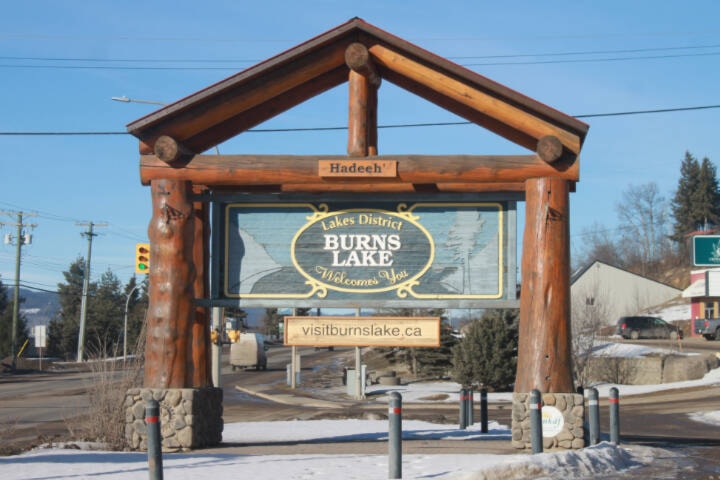Village of Burns Lake (VBL) councillors discussed at a Feb. 15 council meeting the recent results from the 2021 Canada census population data during a recent council meeting, noting that the results could have potential inaccuracies.
What confused councillors is the fact that according to the data, Burns Lake has seen a population go from 1,779 in 2016 to 1,659 in 2021, good for a 6.7 per cent decline. This goes against other information that suggests there’s a significant lack of affordable housing in the area.
“We know that our housing is bursting through the seams, which makes me question the accuracy of the data,” Mayor Dolores Funk told council.
“I had some conversations with some of the other mayors around the Regional District of Bulkley-Nechako table who said that they’ve had experiences where the census data has been incorrect because entire sections of the community were missed,” she continued.
READ MORE: Housing report reveals RDBN in fairly good shape
Also prompting inaccuracy questions is the fact that the data also indicated the Woyenne reserve supposedly had a population increase of population from 243 to 548 during the same time period, though Lake Babine Nation Chief Murphy Abraham told Lakes District News that he thinks the actual number is far greater.
“These number don’t reflect to what we have recorded in our registry with Indigenous Service Canada and I’m quite positive the number is a lot higher than what statistic Canada reported. Some of our Nation’s people do not like filling out documents that the government provides and this is because the lack of trust they have due to colonization. I would say the population on Woyenne reserve is nearly double of what that is reported,” he said.
READ MORE: B.C. population tops 5M in 2021, province grows by 7.6% since 2016
It was discussed by council that pipeline workers who are renting apartments temporarily don’t count towards the population of Burns Lake, instead being counted for the municipality where their permanent residents is. This could be causing some inaccuracies with the data collected.
Lakes District News reached out to Statistics Canada to inquire about how many individuals did not respond and if that could be another possible reason for inaccuracies, and was refereed to the Guide to the Census of the Population document, available on the Statistics Canada website.
The document indicates that B.C. as a province had a non-response rate of just 3.5 per cent for their short form questionnaire and 4.9 per cent for the long form questionnaire.
The document also states for those who question giving personal information to the Federal Government that Statistics Canada is bound by law to protect the identity of individuals at every step of the statistical process, including in all published data. Statistics Canada will never release identifiers such as names, addresses or email addresses, either alone or in combination with any other information from the census questionnaire. These identifiers will never be given or sold to any individual or organization, or added to any mailing list.
Council ultimately decided to instruct VBL staff to set up a meeting with Statistics Canada so that they can open a dialogue and see if there are any potential holes.
“I think we just need an opportunity to take a look at the hard data,” said Funk.
Funk indicated to Lakes District News that these kind of inaccuracies could negatively impact the community in a big way, if in fact true.
“Over half of our annual budget typically comes from grants. Often, population numbers factor into the amount of funding we can access through the grant. Also, and maybe most importantly, we need accurate population numbers to plan our current and future infrastructure needs. There are countless ways that this number is used by all levels of government, researchers and planners, to make better decisions. An inaccurate number leads to less appropriate decisions,” she said.
Have a story tip? Email:
Eddie Huband
Multimedia Reporter
eddie.huband@ldnews.net
Like us on Facebook and follow us on Twitter.
